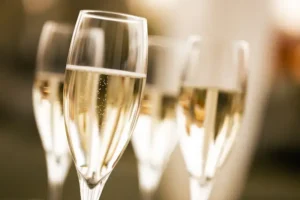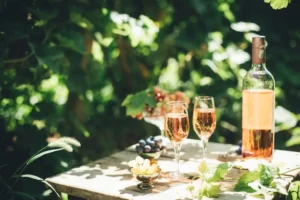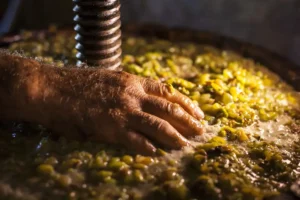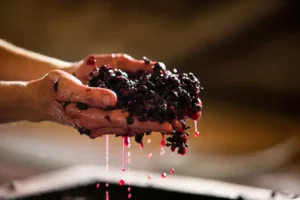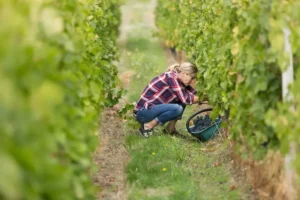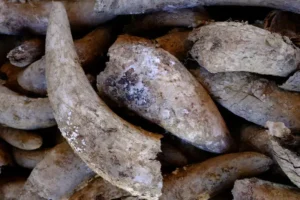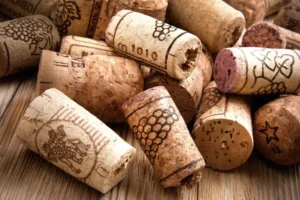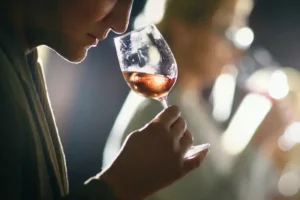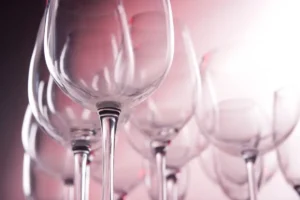If you’ve spent some time in wine shops, you may have noticed “sur lie” written on some labels from the Loire Valley or heard about wines aged “on lees”, but what does it really mean?
Lees are the sediments formed during fermentation, when yeast consumes the sugars present in the grape juice, converting them into alcohol and carbon dioxide. The dead yeast cells and other particles then settle at the bottom of the fermentation vessel.
Two types of lees can then be found – gross and fine lees.
Gross lees are just racked off and discarded, being all the undesirable bigger particles such as dead yeast, tartrates, grape skins and seeds.
Fine lees on the contrary are silkier and finer dead yeast. They are commonly discarded by filtration but some white and traditional method sparkling wines are aged with them – ‘on lees’, to add flavour, texture and complexity.
How do you age wine on lees?
Ageing ‘sur lie’ involves intentionally leaving the wine in contact with the lees for an extended period, ranging from a few months to several years.
Some winemakers will also decide to use a technique called lees stirring or ‘batônnage’ in French that involves stirring the lees periodically. By doing so, the wine is in contact with more lees, facilitating enhanced flavour extraction.
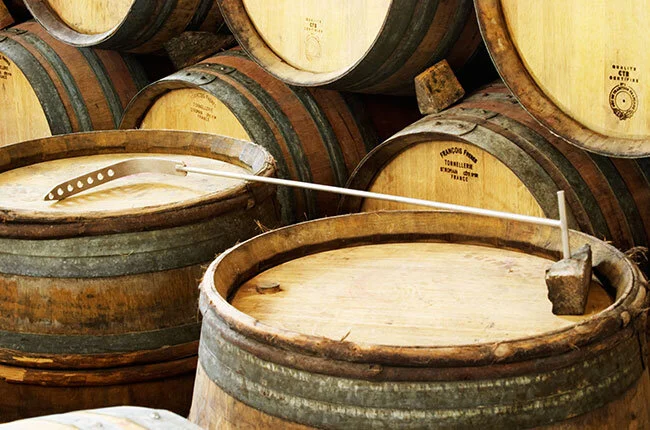
What do wine lees taste like?
Ageing on lees gives a wine more richness, complexity and a fuller body with a round, silky and creamy texture. It will also affect the white and sparkling wines in terms of aromas and flavours, developing notes of nuts, butter, cheese, bread, toast, brioche, biscuits and/or pastry.
What food goes with wines aged on lees?
Lees-aged wines are often versatile with food and pair well with dishes that have rich, creamy sauces or buttery flavours.
Sparkling wines
Sparkling wines aged on lees can be a fantastic accompaniment to raw fish such as sushi and sashimi, smoked salmon or ceviche as the wine’s acidity helps balance the fresh, citrusy flavours.
White wines
White wines aged on lees, with their added complexity and richness, pair wonderfully with shellfish like oysters, mussels, clams, and scallops.
The fuller mouthfeel and buttery and toasty notes pair wonderfully with a creamy risotto, pasta with rich sauces like Alfredo or carbonara or soft cheeses such as Brie or Camembert.
Finally, the nutty and toasty aromas of the wines will make the perfect match for roast chicken or turkey.
Which regions age wines on lees?
This method is used all around the world to add complexity and depth, while also helping to build structure and balance.
It is particularly common to enhance the texture and aromatics of Chardonnay in regions like Burgundy or California and is particularly famous for Muscadet where you can find the mention “Sur Lie” on the label. Sauvignon Blanc, Riesling or Albariño can also be found with some lees ageing.
Similarly, it is used in the production of sparkling wines – particularly those made with traditional method such as Champagne, where the wine can be aged on lees for extended periods of time.

